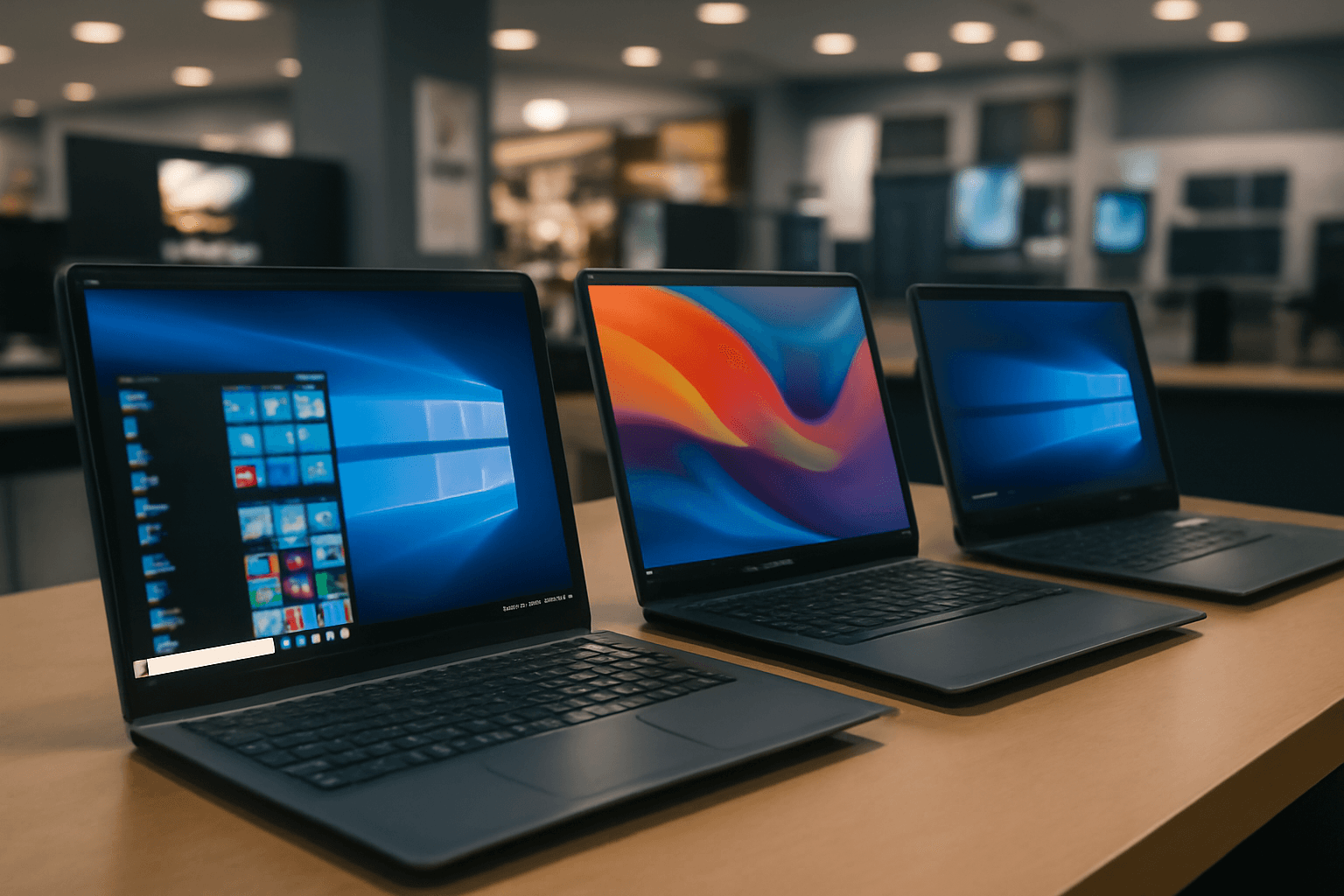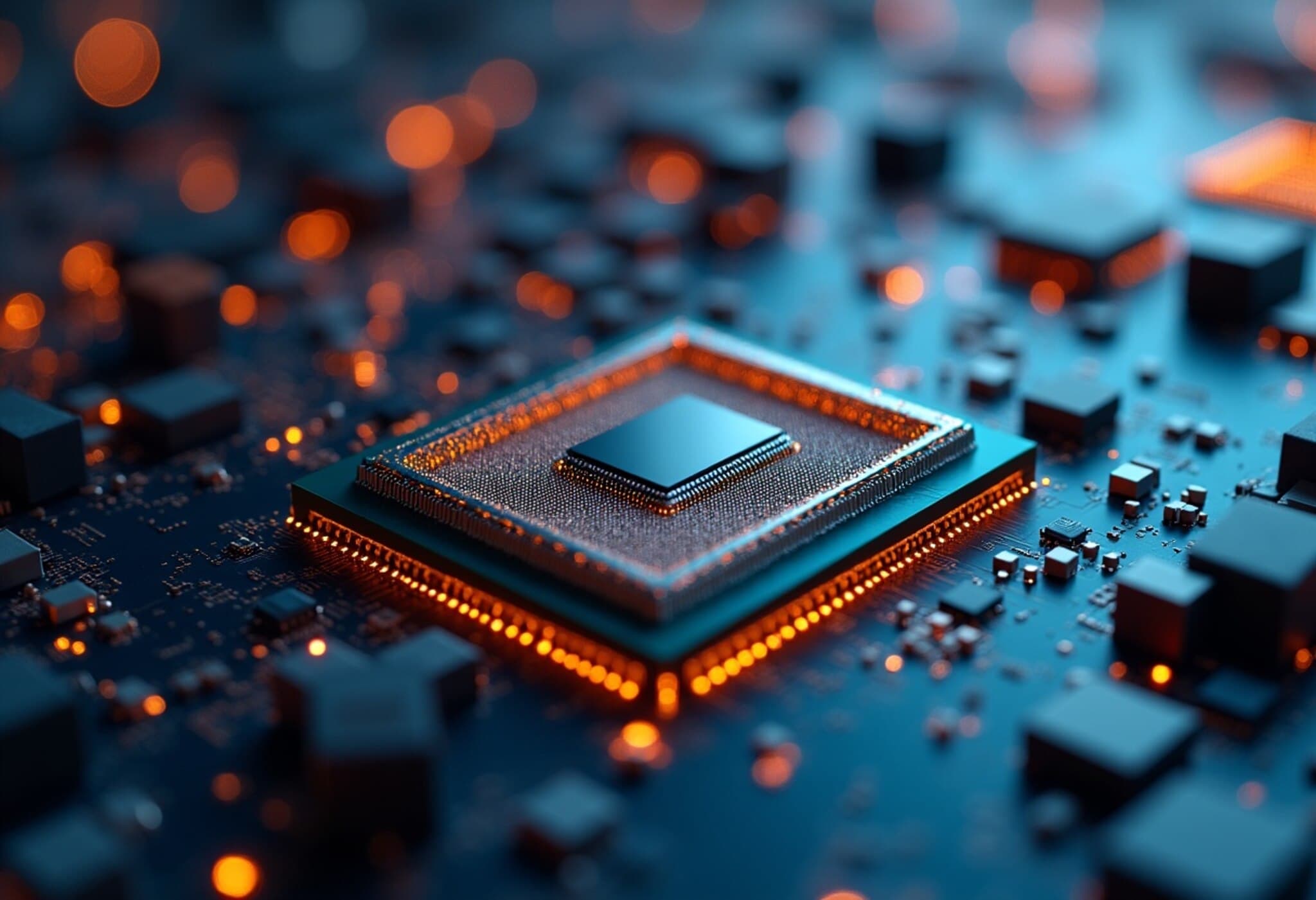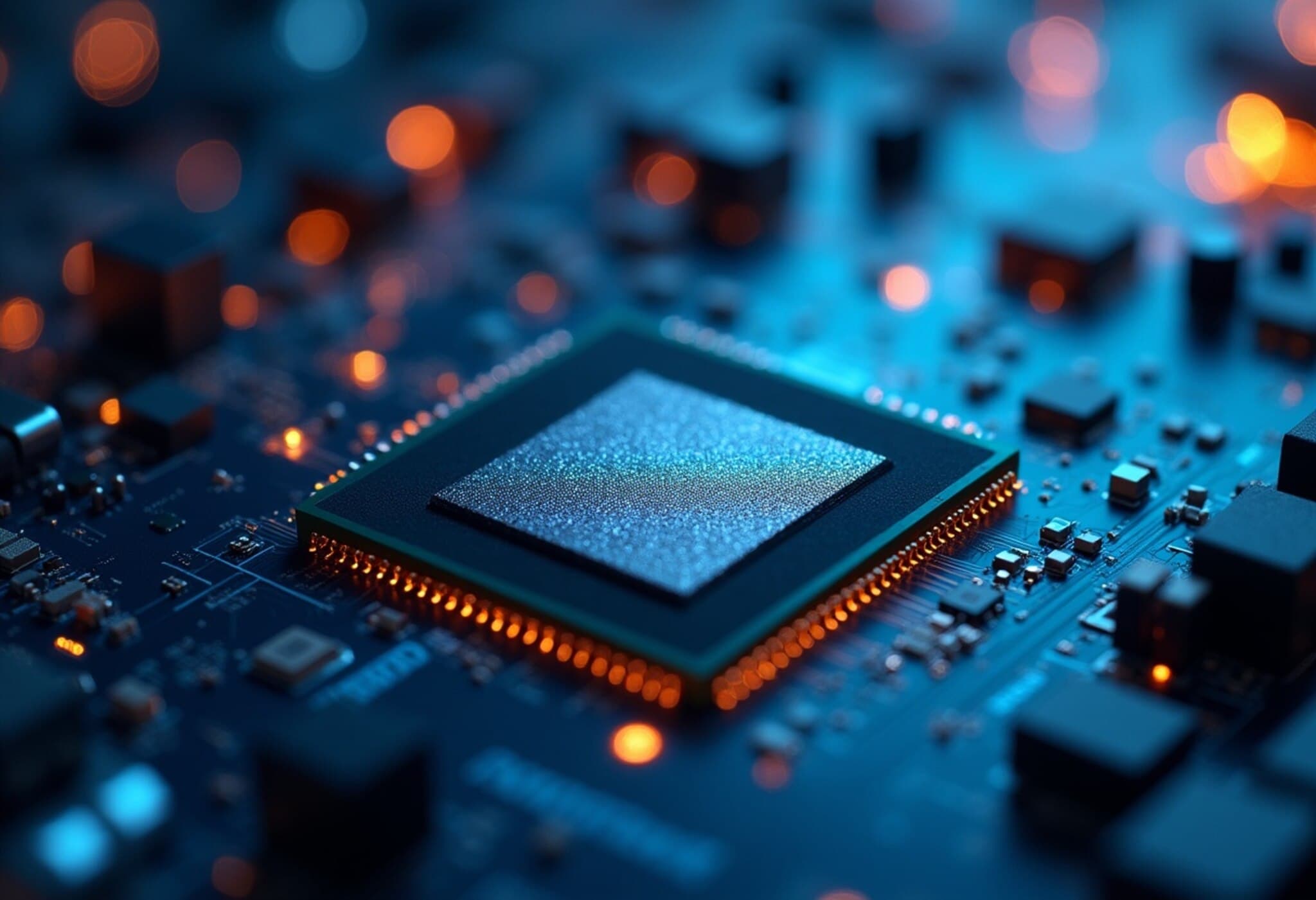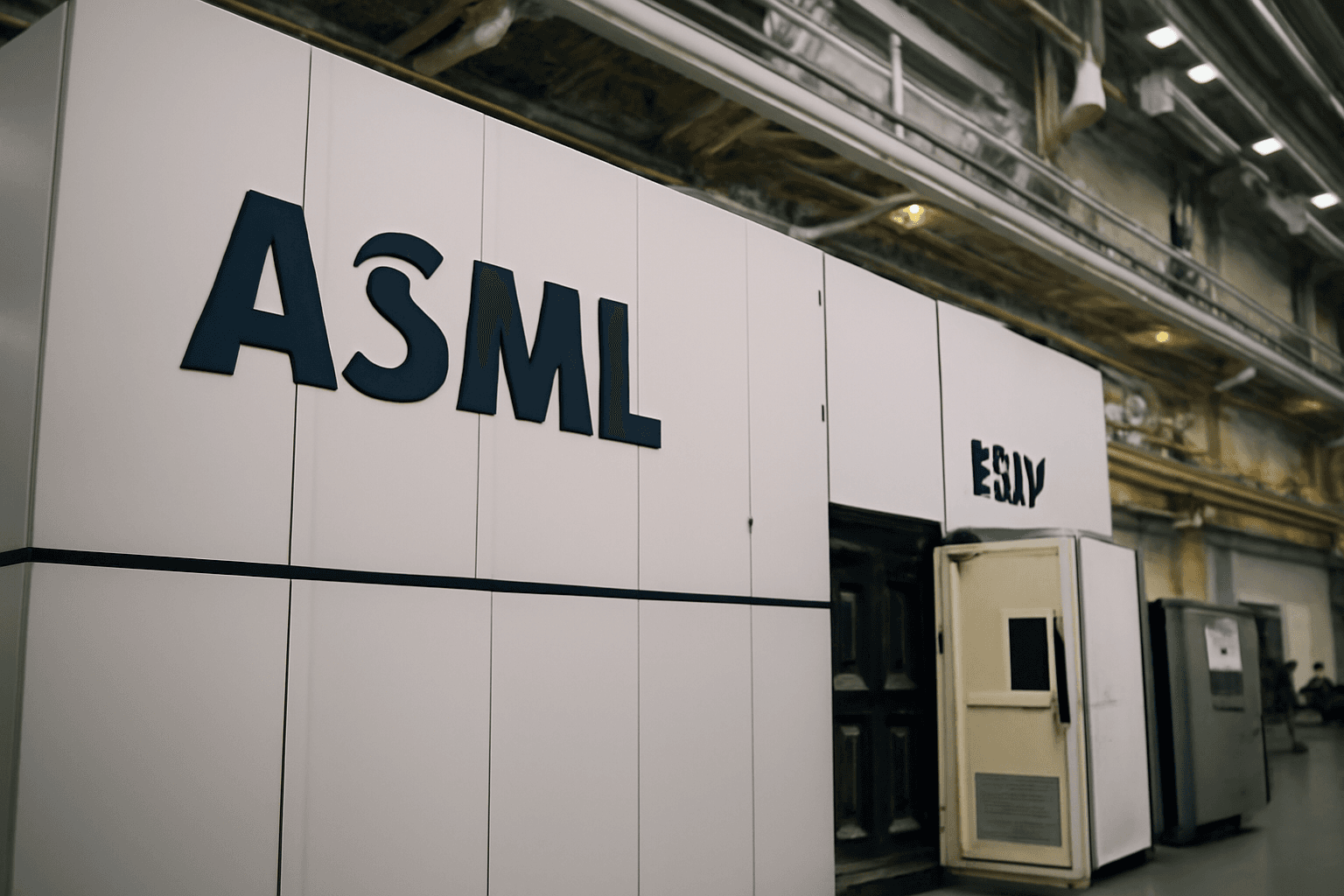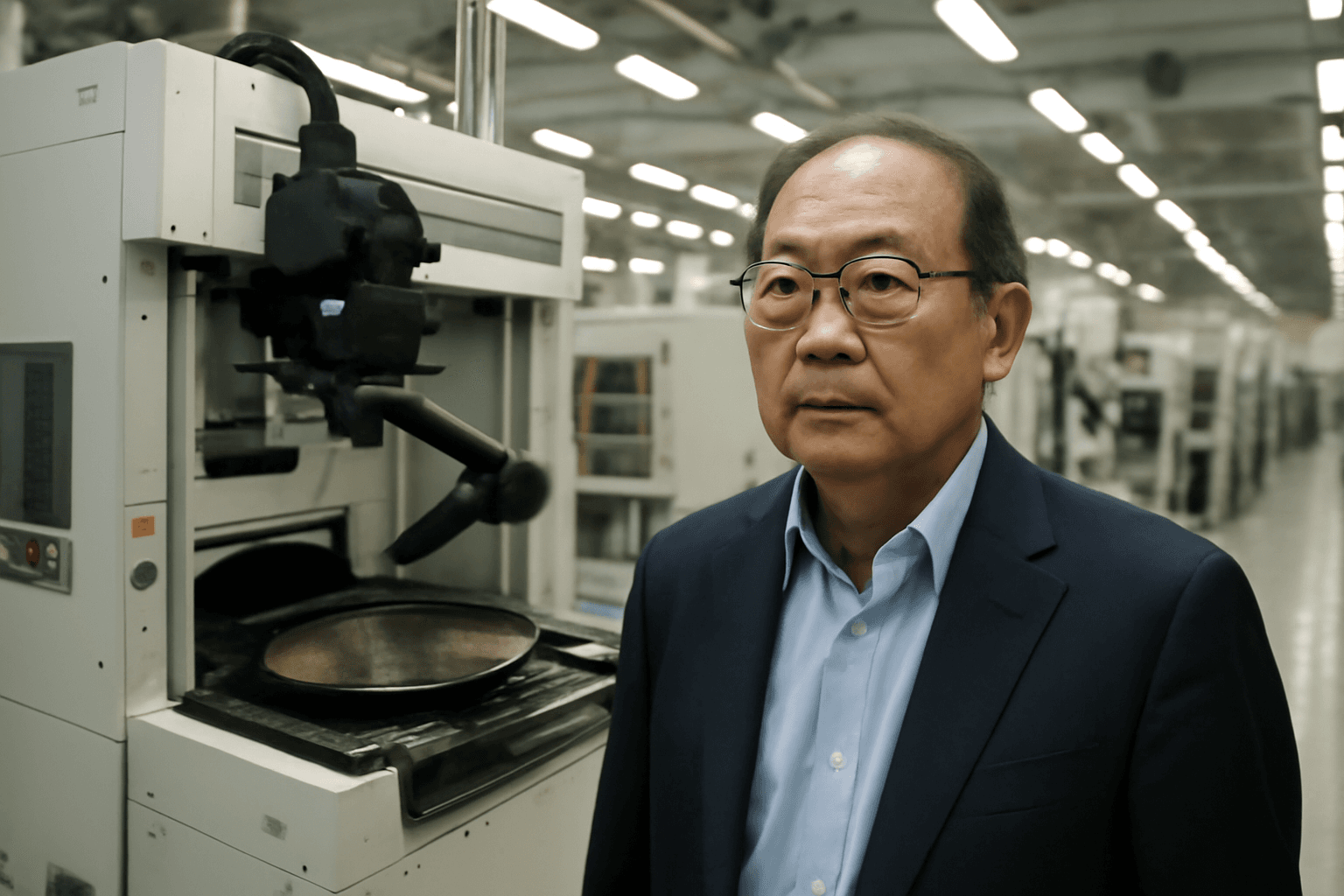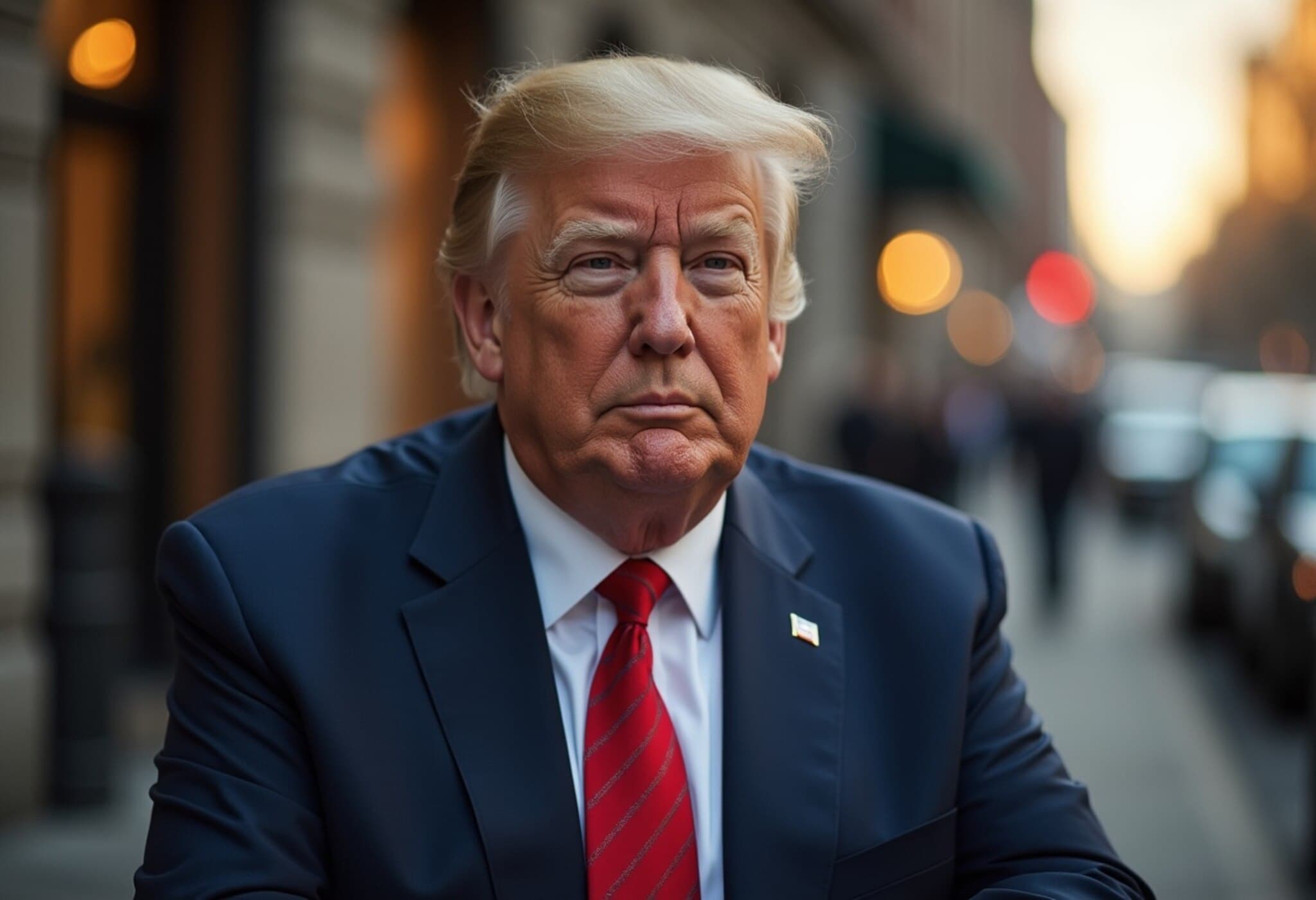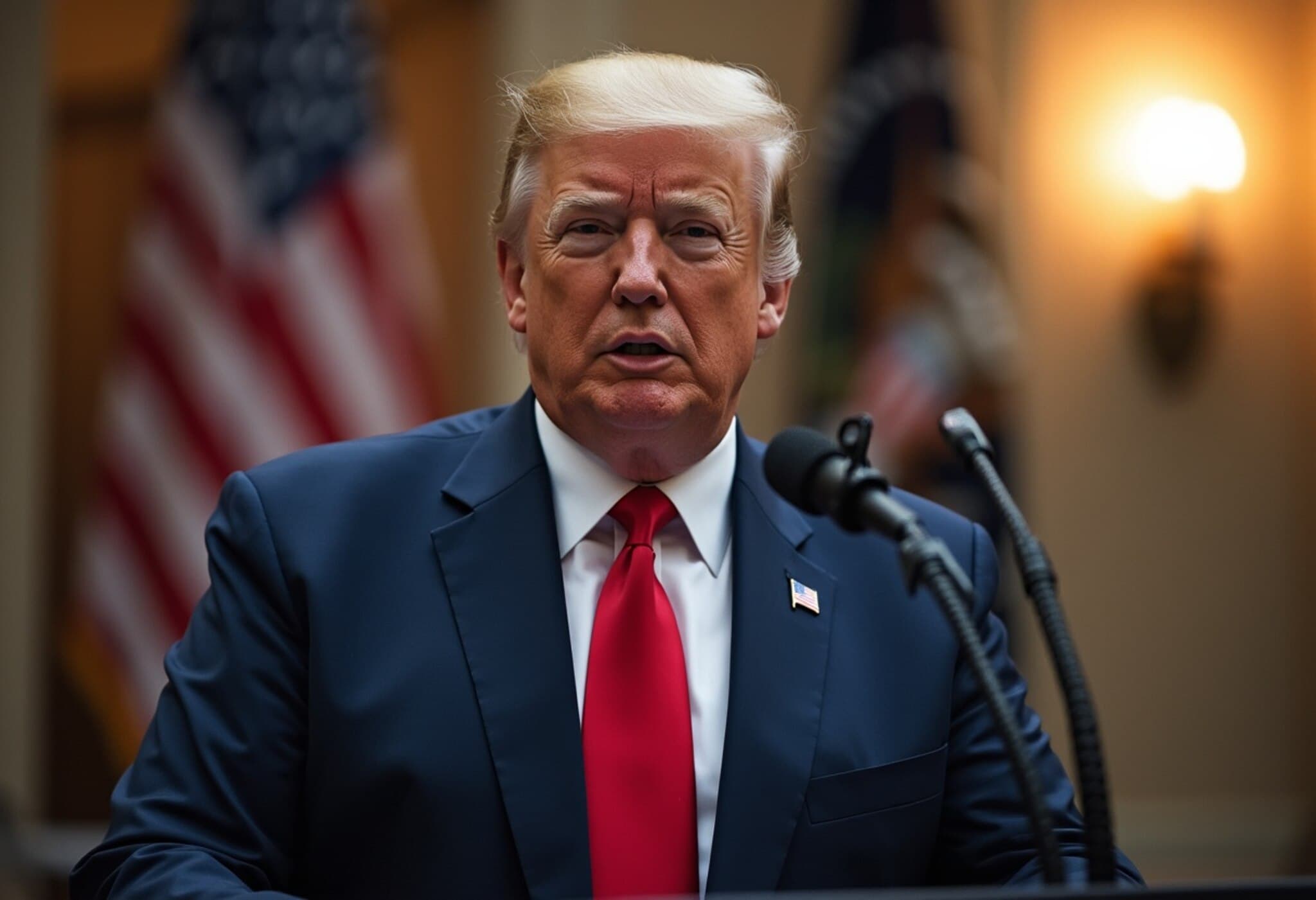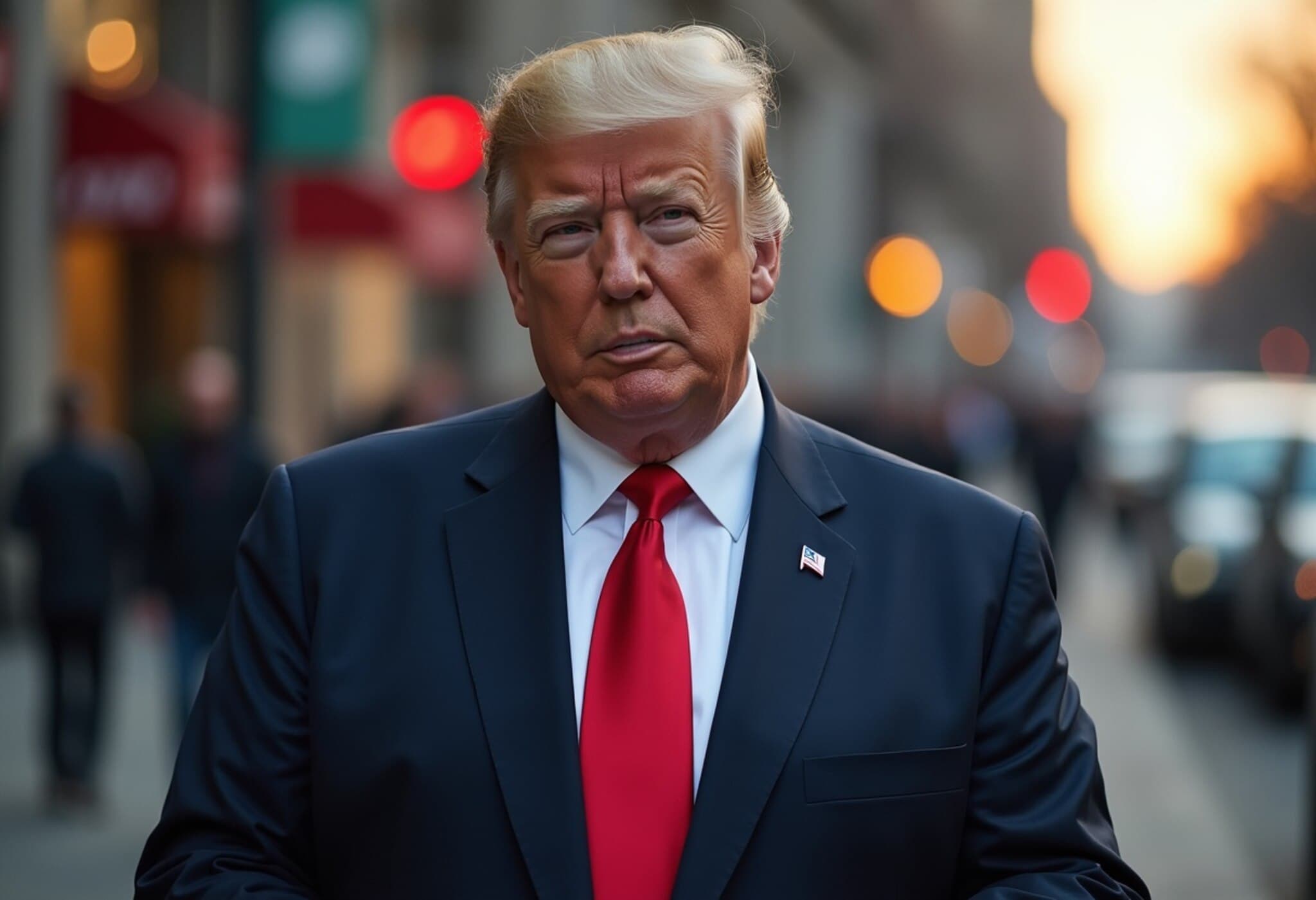Trump Unveils Bold 100% Tariff Plan to Revitalize U.S. Chip Manufacturing
In a surprising policy shift on August 7, 2025, former President Donald Trump declared a 100% tariff on imported computer chips and semiconductors unless the manufacturing occurs on U.S. soil. This move signals a renewed push to bolster American domestic production amidst ongoing global supply chain challenges and escalating geopolitical tensions.
Tariff Details and Exemptions
Speaking from the Oval Office alongside Apple CEO Tim Cook, Trump emphasized that companies manufacturing chips within the United States will be exempt from these sweeping tariffs. He framed the measure as a way to incentivize industries to bring critical supply chains back home, stating: “We’ll be putting a tariff of approximately 100% on chips and semiconductors, but if you’re building in the United States of America, there’s no charge.”
This announcement arrives more than three months after Trump had temporarily exempted many electronics from his administration's earlier tariff regimes, reflecting an evolving stance on trade protectionism in the tech sector.
Economic and Industry Context
The semiconductor shortage sparked by the COVID-19 pandemic sent shockwaves through multiple sectors, notably automotive, consumer electronics, and household appliances, driving up prices and causing production delays. Trump's tariff announcement seeks to address these vulnerabilities by making domestic manufacturing economically irresistible despite higher operational costs.
- Big Tech investments: Since Trump’s return to the executive role in January, technology giants have pledged a staggering $1.5 trillion toward U.S.-based manufacturing and research, spearheaded by Apple’s $600 billion commitment.
- Apple's strategic gamble: The Cupertino company’s willingness to deepen domestic production ties aligns with Trump’s tariff plan, potentially shielding millions of iPhones assembled overseas from punitive import taxes.
- Market reactions: On the day of the announcement, Apple’s stock surged over 8% across regular and extended trading, signaling investor optimism that tariff exemptions will safeguard profit margins and product pricing.
Wider Industry Implications and Reactions
Alongside Apple, companies like Nvidia and Intel — key players in semiconductor innovation — responded positively in the market, although neither company nor the Semiconductor Industry Association immediately commented on the new tariff policy.
Global demand for semiconductors continues to climb, with a reported 19.6% sales increase over the past year, underscoring the critical role of chip availability in sustaining modern technological advancement.
A Shift from Biden's CHIPS Act Strategy
Trump’s tariff-centered approach contrasts markedly with the bipartisan CHIPS and Science Act, enacted under President Joe Biden in 2022, which emphasizes government subsidies, tax incentives, and workforce development funding to nurture domestic manufacturing.
The CHIPS Act allocated over $50 billion to promote semiconductor production in the U.S., employing a more collaborative engagement with private industry. Trump’s renewed tariff strategy, however, opts for a more coercive path, using import taxes to pressure companies into relocating production — a method with mixed historical success and risks of higher consumer prices.
Expert Analysis: Risks and Rewards of Tariff-Driven Industrial Policy
Economic specialists caution that while tariffs may indeed coax companies to build domestically, they also risk inflating costs for end consumers and aggravating international trade tensions. The tech industry's heavy reliance on global supply chains means abrupt policy shifts could ripple unpredictably across markets.
Moreover, the semiconductor sector’s capital-intensive nature demands long-term confidence and stability. Sudden tariff impositions introduce uncertainty that may complicate investment decisions despite large announced commitments.
Nevertheless, proponents argue that such policies could trigger a renaissance in American manufacturing jobs and innovation capacity, thus strengthening national security and reducing dependency on foreign suppliers amid global disruptions.
Looking Ahead: Key Questions for Industry and Policy Makers
- Will companies accelerate U.S.-based chip production as a direct result of tariff threats?
- How will tariffs impact prices for consumers in critical sectors like automotive, electronics, and household appliances?
- Can a tariff-centric approach coexist or compete effectively with subsidy-driven frameworks like the CHIPS Act?
- What diplomatic challenges might arise from escalating protectionism in a globally integrated semiconductor industry?
Editor's Note
President Trump's 100% tariff on imported semiconductors marks a dramatic policy shift — one that underscores the urgency policymakers place on domestic technological sovereignty. While the initiative promises to revitalize U.S. manufacturing, it raises important economic and geopolitical questions. Observers should watch carefully how companies balance the tightrope between compliance and cost, and how consumers ultimately bear the burden of these trade maneuvers. As the semiconductor supply chain remains a global puzzle, this unfolding story will shape tech innovation and American competitive edge for years to come.









